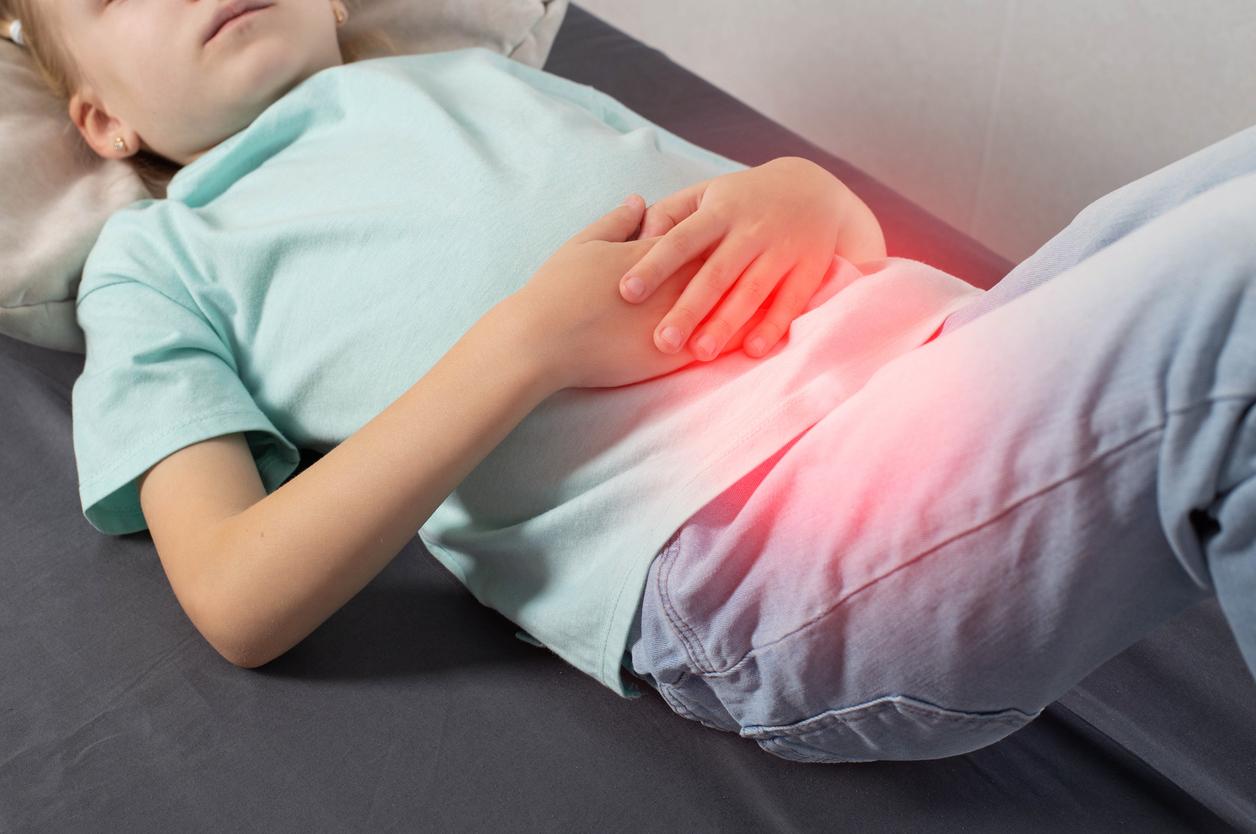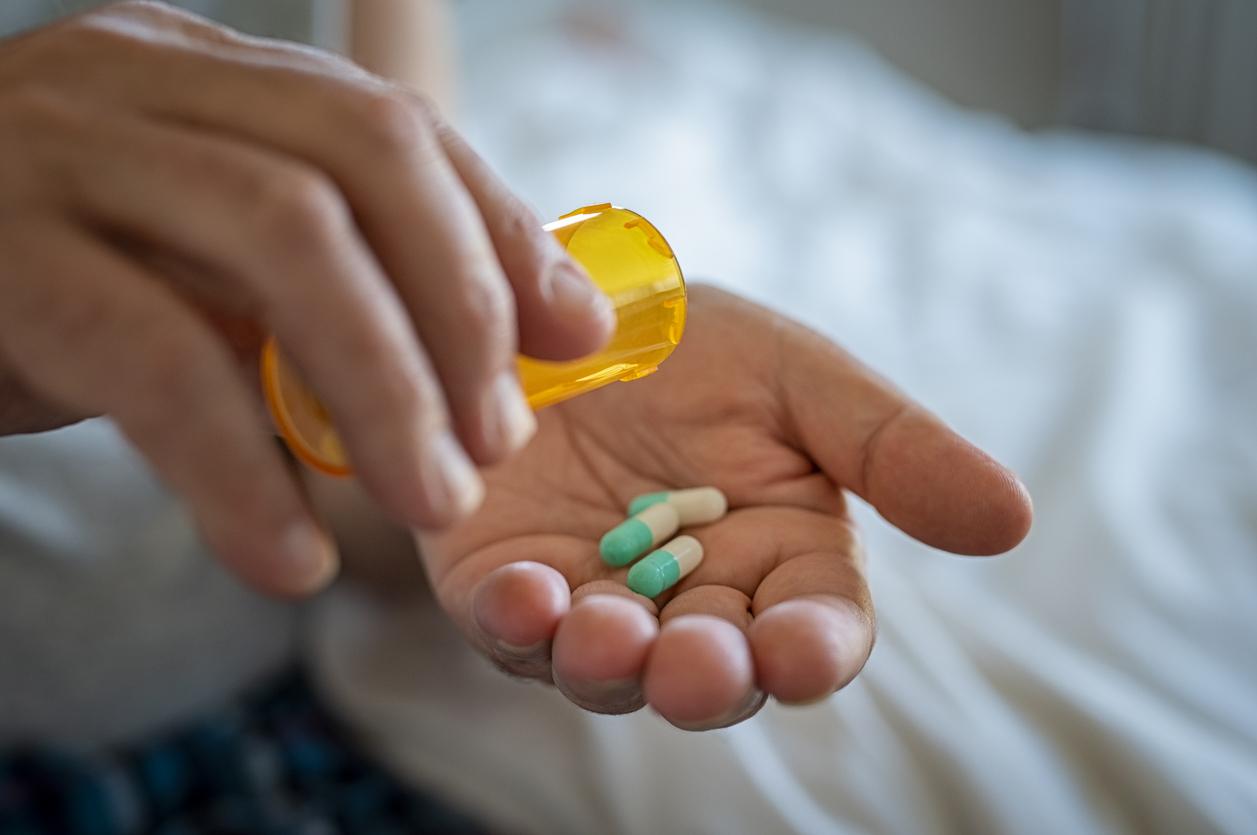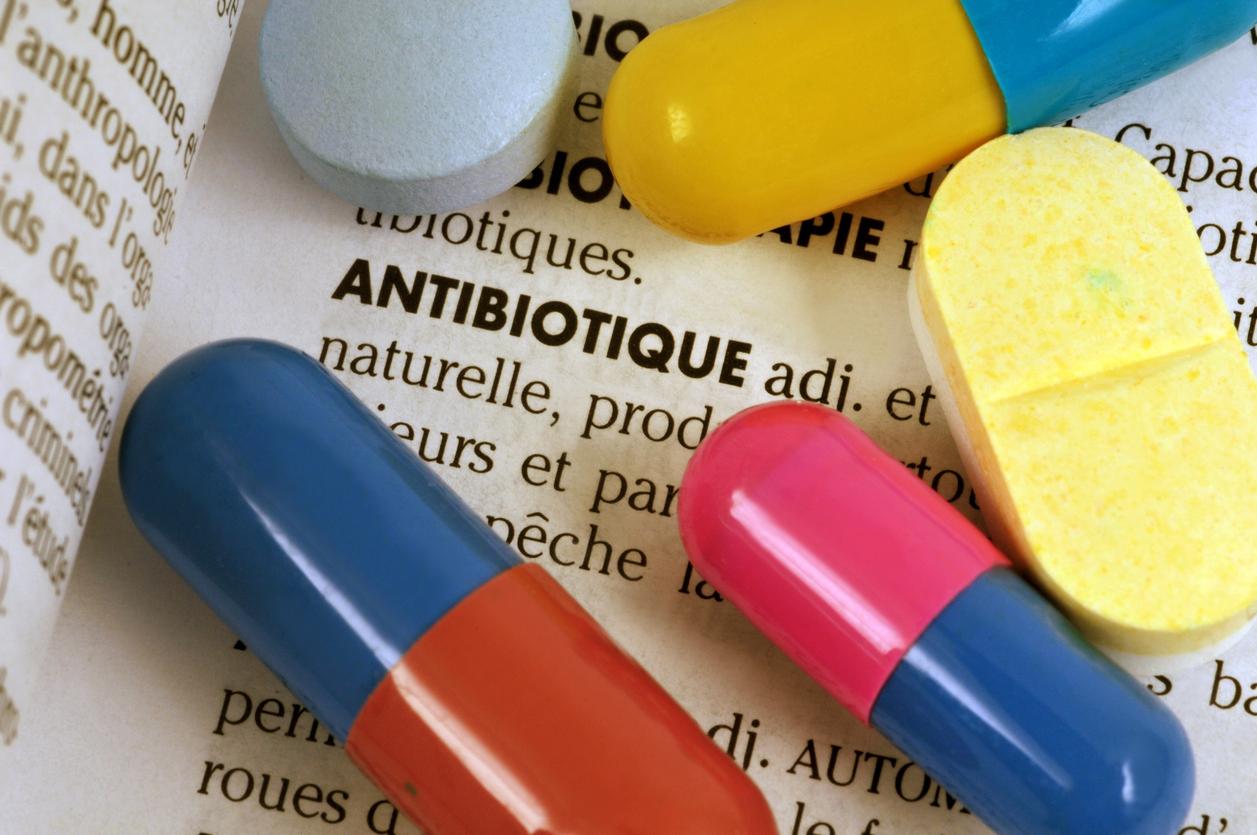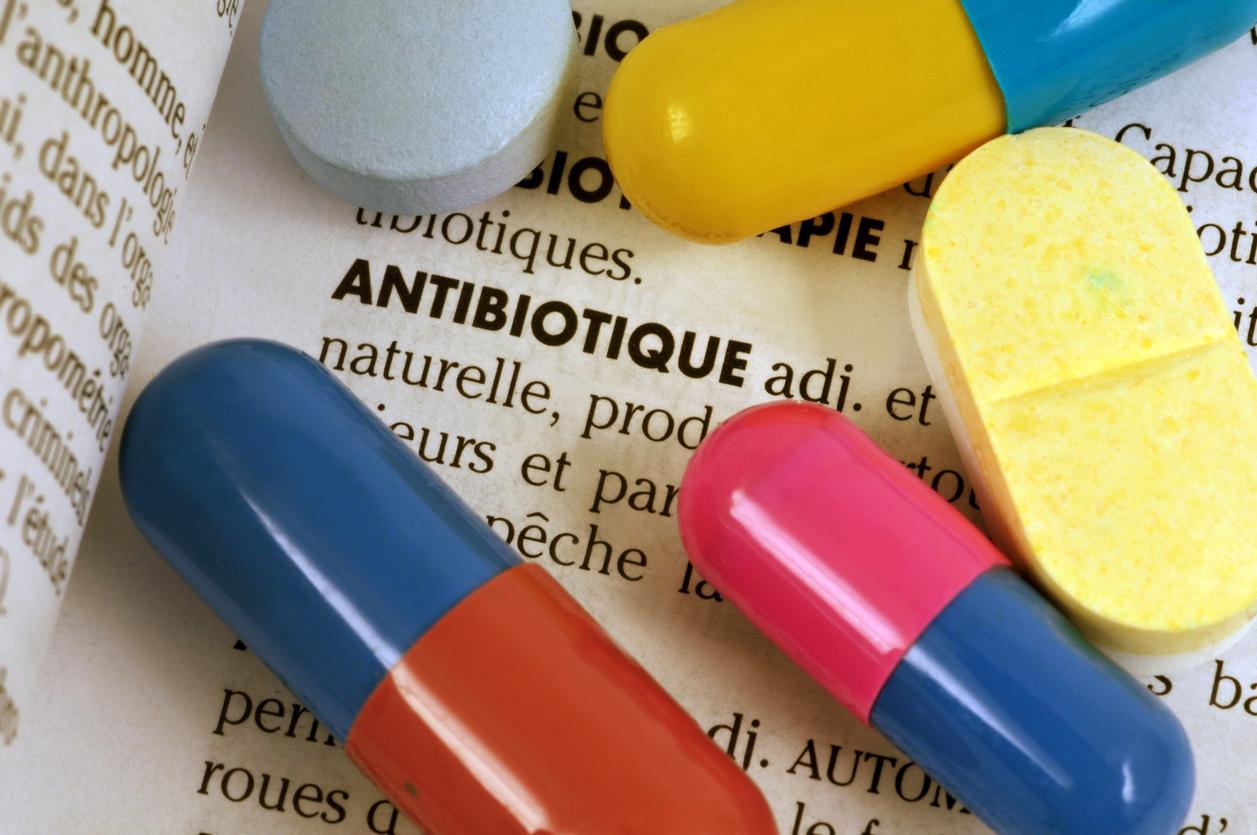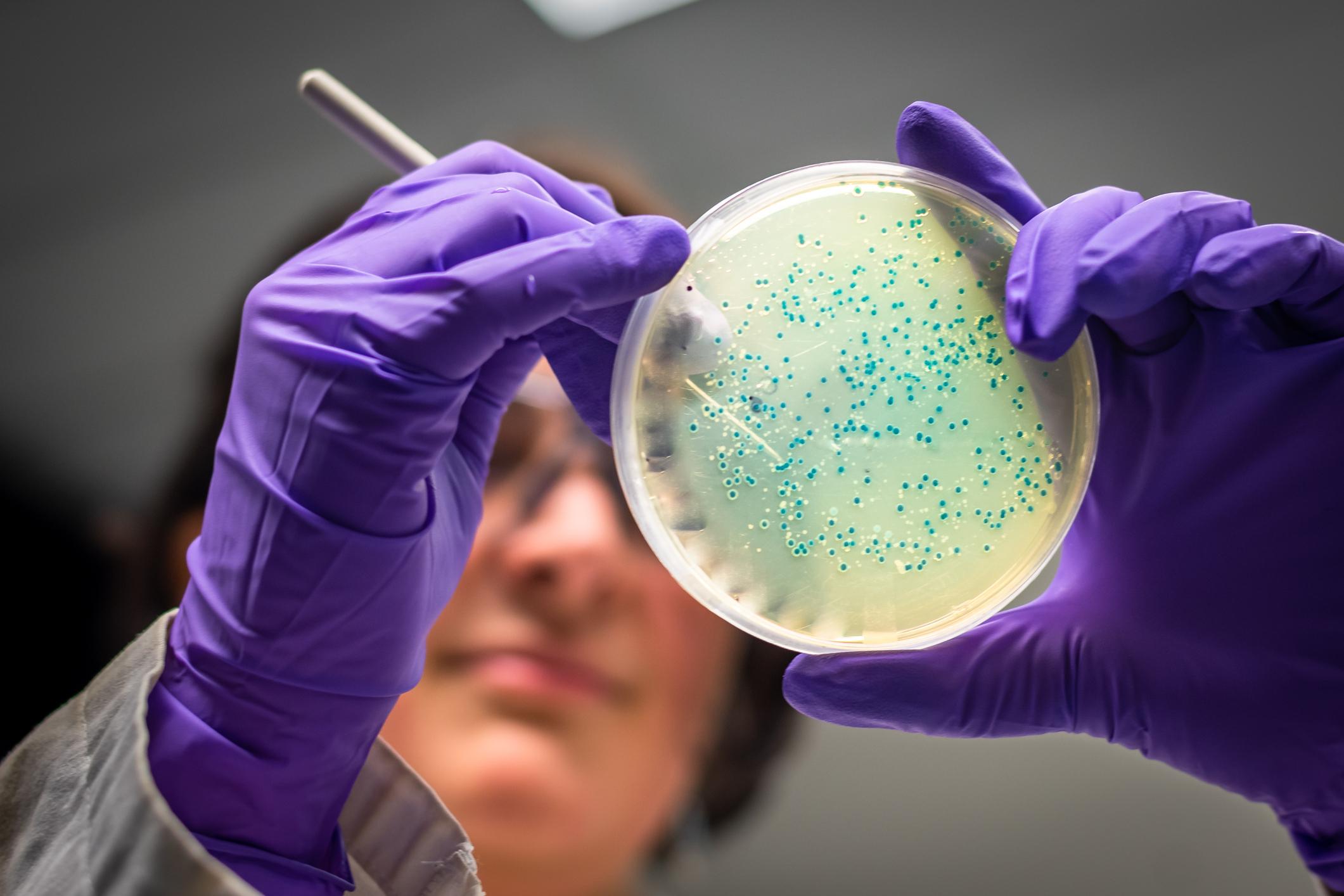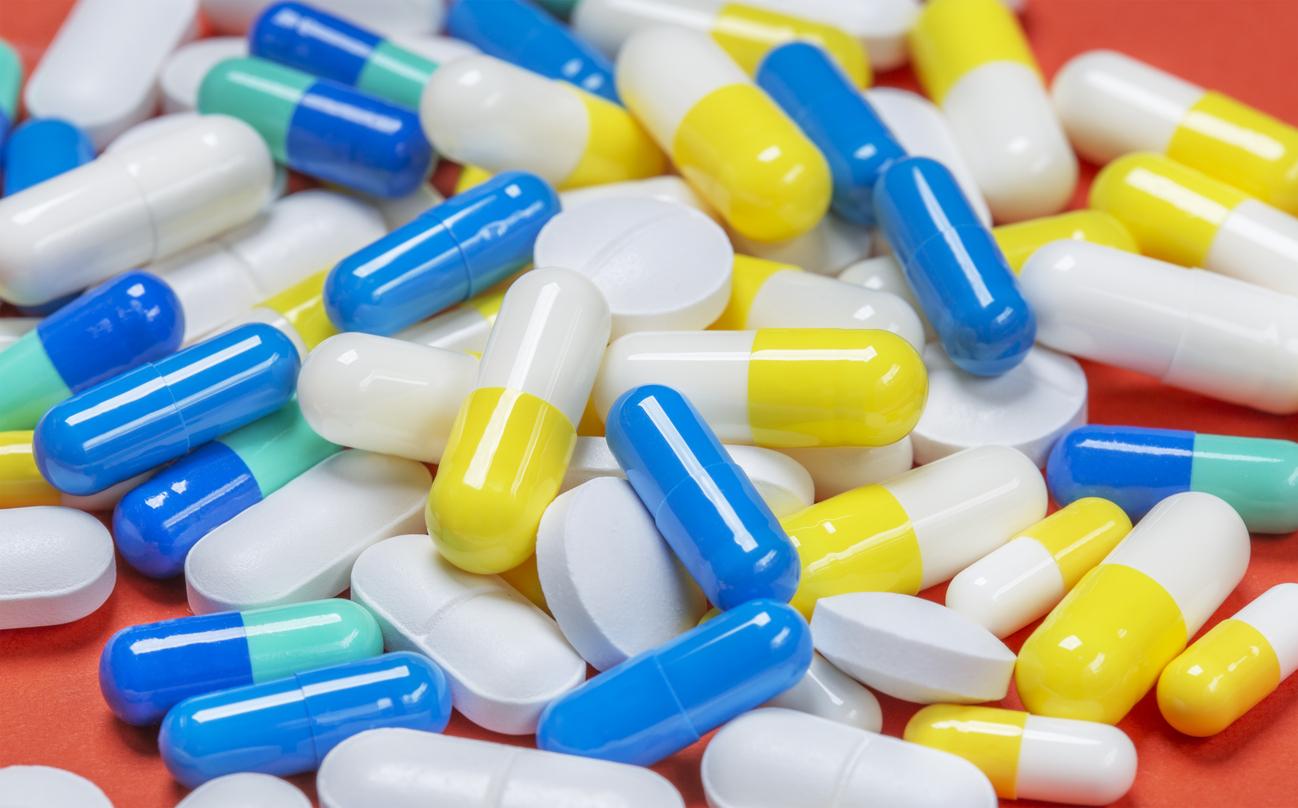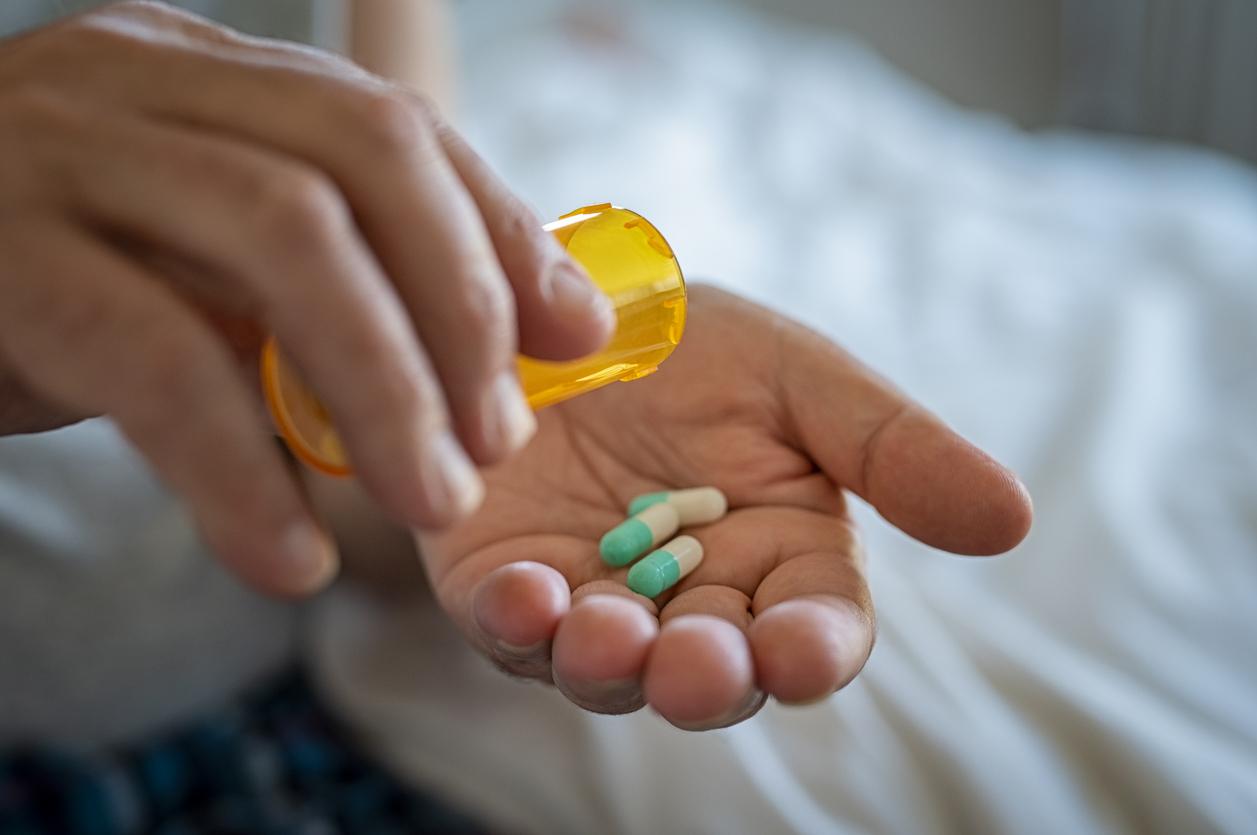A report by three European agencies compares European antibiotic consumption in humans and animals. France holds the top of the ranking.
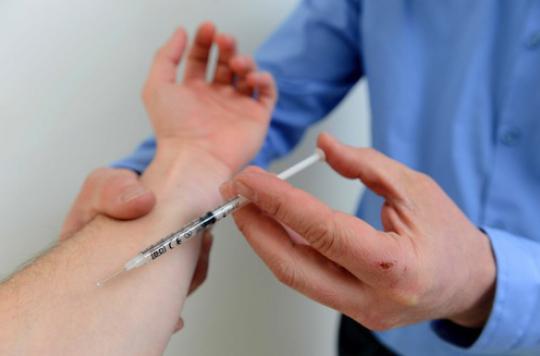
For the first time, the 3 main European health agencies (1) have joined forces to “explore the consumption of antibiotics (2) in humans and food-producing animals” (animal species are not not specified). They analyzed data from 2011 and 2012 that were already available but had never been collated.
The report shows that on average in 2012, “The men consumed 116.4 mg of antibiotics per kilogram compared to 144 mg / kg in the animals. This report is particularly interesting in the context of the fight against the multi-resistance of bacteria to antibiotics. “An association between the consumption of antibiotics in these animals and the resistance of bacteria to these treatments has been observed in most cases. The strongest association was found for the bacterium E.Coli, but also for Salmonella and Campylobacter ”, according to the report. These three bacteria responsible for food poisoning.
Data limitations must be taken into account
In the classification of human consumption of this type of medication, France takes first place in Europe. But the report immediately points to “data limitations that must be taken into account to allow more in-depth analyzes and to draw conclusions”. In particular, the consumption of antibiotics in hospitals, which is not taken into account in many European countries.
However, a 2010 ANSM report on “Ten years of evolution of antibiotic consumption in France” allows us to put this bias into perspective: indeed, if 130 million units of antibiotics were sold in town areas in 2010 in France, only 20 million were sold in hospital, so that only 14% of the figure presented in the table below corresponds to antibiotics consumed in hospital.
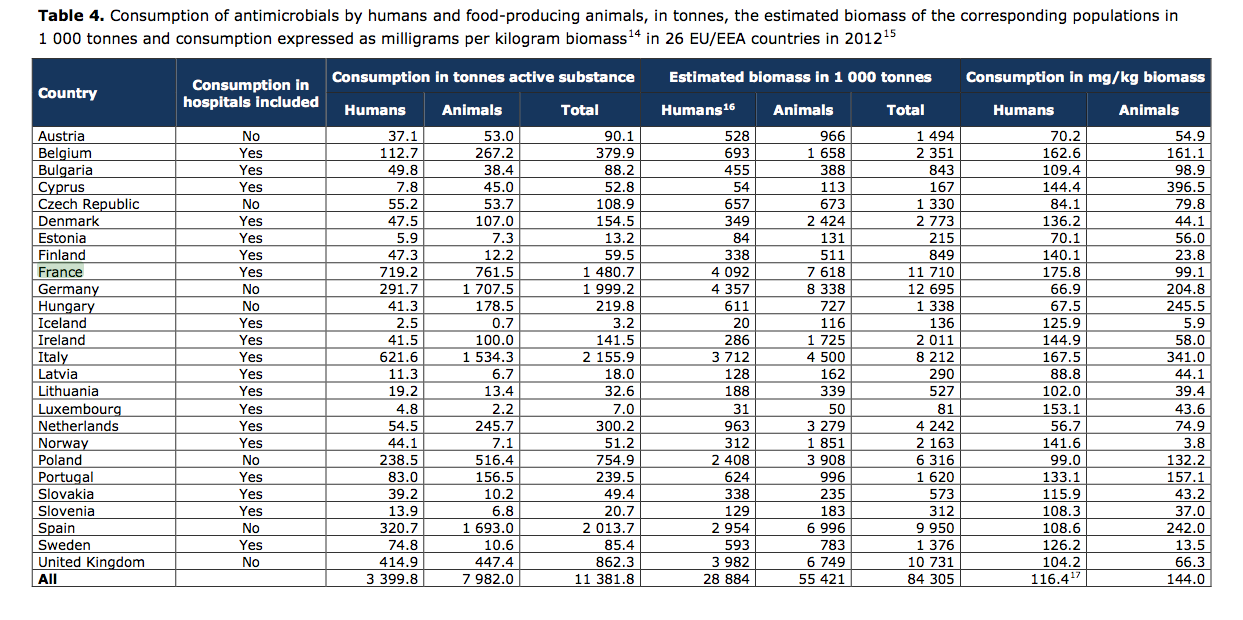
Table of antibiotic consumption in Europe for humans and animals in 2012 (click on the image to enlarge)
The French remain the poor European students: they consumed 719.2 tonnes of antibiotics in 2012. They are followed by Italy with 621.6 tonnes. Even by removing the hospital part, France remains far ahead of its European neighbors. United Kingdom (414.9 tonnes), Spain (320.7 tonnes), Germany (291.7 tonnes) do not include hospital data.
Italy, Germany and Cyprus are champions for animals
If the French are heavy consumers, their neighbors treat their animals more. In 2012, Germany consumed 1,707.5 tonnes of antibiotics, Spain 1,693 tonnes, and Italy 1,534 tonnes, while France used “only” 761.5 tonnes.
These results are obviously dependent on agricultural production in each country. In order to get around this bias and find the quantity of antibiotics supplied by farmers to their animals, the study reports the quantity of antibiotics consumed using biomass: Germany uses twice as many antibiotics as France for animals , and Italy almost 3.5 times more than France. But the record is held by Cyprus where 396.6 mg / kg of biomass is used, against 99.1 mg / kg in France.
(1) The European Center for Disease Prevention and Control (ECDC), the European Food Safety Authority (EFSA), and the European Medicines Agency (EMA)
(2) If the report uses the term “antimicrobial”, (a category that includes both antibiotics and antiseptics, and antifungals) it is specified that only “antibacterials for systemic use” (therefore antibiotics ) are included in the report.
.







